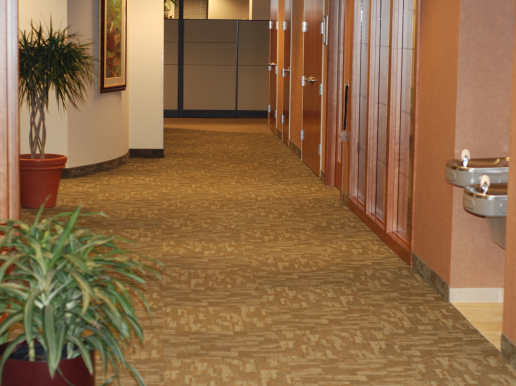


This is the tackstrip to use when holding power is required both commercially and residentially. Anchoring nails are positioned closer to the wall to prevent the strip from lifting during stretching. This is the type of tackstrip used for difficult installations. Three rows of pins are spaced equally over a 1-3/4 inch wide strip. 1-3/4 inch wide and ¼-inch thick with (3) rows of pins – Architectural/Commercial.Front and back rows of pins are moved farther apart for extra strength and easier hooking with heavily-latexed backed carpets or thick cushion. The type of tackstrip that is recommended by CFI, the CRI-105 and the CRI-104 is the most commonly used. 1-inch wide and ¼-inch thick with two (2) rows of pins – meets the minimum requirement.Until tackstrip was developed in the 1930’s, most residential floors were made of hardwood. Carpets that were available were either loose laid or “turned and tacked” and fastened to the floor with upholstery tacks. The new innovation of “tackless carpet gripper” revolutionized the carpet industry by making carpet both easier and more economical to install. Today, the product is known as smoothedge, carpet strip, tackless strip, gripper, tackless carpet gripper and tackstrip. Whatever you call it, there are several important factors to consider when selecting the tackstrip that is most appropriate for the job. These include the width of the strip, the type of anchoring nail, the length of the strip, the type of wood, the pin height, the bevel angle and if aluminum strip is considered, the type of substrate and the height of the carpet. They each have an important role to play in the installation of carpet. Tackstrip correctly positioned around each spindle on a stair.įirst, let’s identify the various types of tackstrip.


 0 kommentar(er)
0 kommentar(er)
